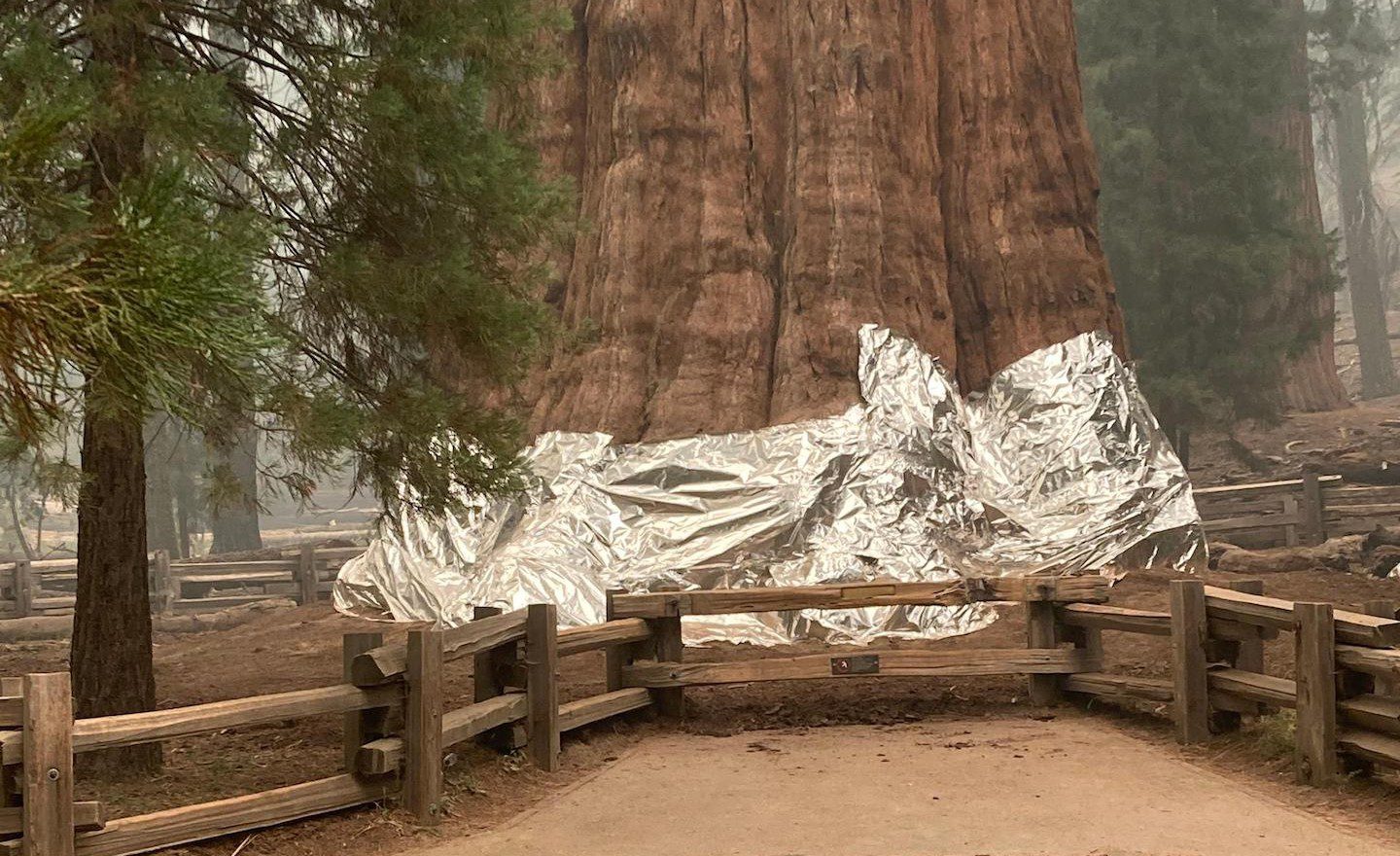Redwoods and Sequoias are two species of giant trees that stand out for their size and beauty. Redwoods, also known as Coastal Redwoods, are the tallest trees on Earth and have thick, reddish-brown bark, needle-like leaves, and small cones. Sequoias, also known as Giant Sequoias, have massive trunks, cinnamon red bark, scale-like leaves, and larger cones compared to Redwoods. Redwoods are found along the Pacific Coast of the United States, while Sequoias are native to the Sierra Nevada mountains. Both trees have historical significance and have been important for Native American tribes and the timber industry. The Redwoods and Sequoias are a testament to the grandeur of nature.
Redwood vs. Sequoia: The Battle of the Giant Trees
Introduction
The world is home to many incredible trees, but two species stand out among the rest: the Redwoods and the Sequoias. These giant trees are awe-inspiring, and their massive size and beauty have captured the attention of nature enthusiasts and researchers alike. In this article, we will compare and contrast the Redwoods and Sequoias in terms of their characteristics, locations, and historical significance.
Characteristics
Redwoods
The Coastal Redwoods, scientifically known as Sequoia sempervirens, are the tallest trees on Earth. They can grow up to an astonishing height of 379 feet, with diameters of up to 22 feet. The bark of the Redwoods is thick, fibrous, and reddish-brown in color, giving them their name. These trees have pointed, needle-like leaves that are dark green and measure about 1 inch in length. Their cones are small and contain tiny seeds.
Sequoias
The Giant Sequoias, scientifically known as Sequoiadendron giganteum, are known for their massive trunks and incredible bulk. While they may not be as tall as the Redwoods, they make up for it with their width. Some Sequoias have trunks that measure over 30 feet in diameter. The bark of the Sequoias is cinnamon red and can be quite thick, providing excellent insulation against wildfires. Their leaves are scale-like, similar to those found on cypresses, and their cones are larger compared to the Redwoods.
Locations
Redwoods
Redwoods are primarily found along the Pacific Coast of the United States, specifically in Northern California. The region’s cool and humid climate, along with the presence of moist fog, provides ideal conditions for their growth. Majestic Redwood forests can be seen in national and state parks, such as Redwood National and State Parks and Big Basin Redwoods State Park.
Sequoias
Sequoias are native to the Sierra Nevada mountains in California. They grow at elevations between 5,000 and 7,000 feet above sea level. Unlike the Redwoods, these trees prefer drier and warmer conditions. Sequoia National Park and Kings Canyon National Park are well-known areas where one can witness the grandeur of the Sequoias.
Historical Significance
Redwoods
The Coastal Redwoods have a long-standing history and cultural significance. Native American tribes inhabited the areas around these trees for thousands of years, utilizing them for shelter, tools, and ceremonial purposes. Redwoods also played a vital role in the timber industry during the early 20th century. Conservation efforts have been made to protect these trees, resulting in the establishment of various redwood parks.
Sequoias
Sequoias, too, hold historical importance. These trees, often referred to as “living fossils,” have witnessed significant events throughout their long lifespan. Some Sequoias bear scars from past wildfires, while others have witnessed the establishment of national parks in their honor. The General Sherman Tree, a Giant Sequoia, is considered the most massive living tree in the world and draws numerous visitors each year.
Conclusion
In conclusion, both Redwoods and Sequoias represent the incredible power and beauty of nature. While Redwoods are recognized for their remarkable height, Sequoias amaze with their massive trunks. Both species have adapted to specific geographical regions and have played significant roles throughout history. Whether you find yourself surrounded by the towering Redwoods or standing in awe before a Giant Sequoia, these magnificent trees are a testament to nature’s grandeur.
